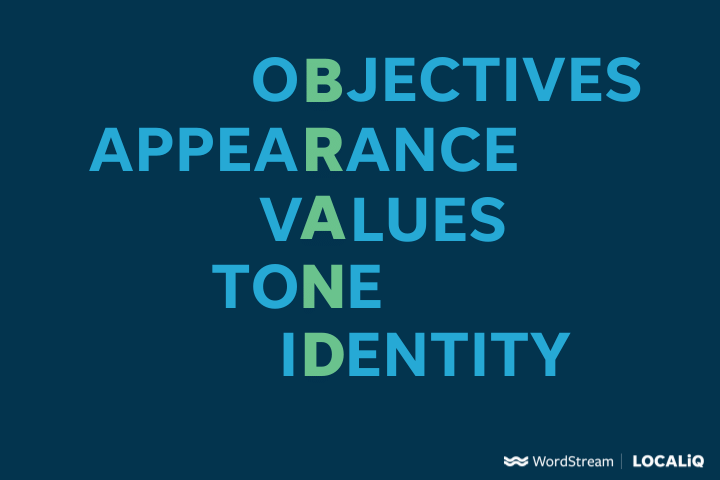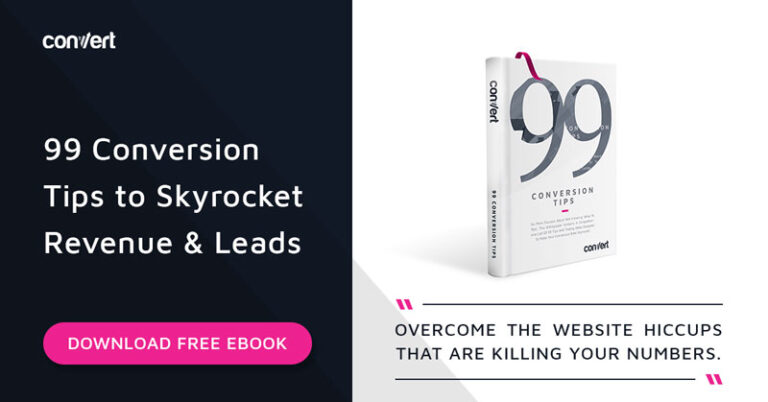If the last few years have taught retailers anything, it’s that customer experience can’t stop at the shopfront. Online customer experience is just as, if not more, important than in-store, and as 2022 continues we’re likely to see a growing number of retailers come to terms with this. Examples like M&S’s same-day delivery service and Aldi’s checkout-free concept store demonstrate the innovative ways brands are leveraging technology to advance their in-store and online experience.
It’s not news that the pandemic caused a shift to online shopping. With nowhere else to shop, that was inevitable. What’s more interesting, are the long-term shifts in ecommerce and digital marketing as a result. Essentially, the pandemic condensed years of loss from the high-street into just 18 months, squeezing the timeframe for brands to evolve.

Tell us a bit about your role, and how it fits into the wider company?
Quick Guide to Improving Performance through Conversion Optimisation
After years of invasive data strategies as the norm, online retailers are regarded with caution, with nearly 48% of customers today actively avoiding certain companies because of data privacy concerns. In this environment, it’s important that brands understand these concerns and actively work to abate them. One clear route to doing so is through ditching outdated data collection techniques and embracing non-invasive ways to understand customers, like zero-party data.
Cultivating such a strong and talented global team is a massive highlight. In less than a year, Ve’s marketing division has grown from a one-man band to a team of six, spanning social, product, content and so much more. Managing the team’s growth and helping them develop new strategies is one of the highlights of my job. I look to provide support and advice where I can; I want to help them on their journey to become the next generation of marketing leaders.
How has digital marketing for ecommerce evolved? Can you name an example of a brand/client who has displayed an effective understanding of new customer behaviour?
What is conversion rate optimisation (CRO) and why do you need it?
Consumer engagement with chatbots comes entirely down to the chatbot itself. According to our research, only 6% of consumers use chat facilities on websites, but this contrasts to the 25% who feel being able to ask questions and get advice live on site would make them more likely to purchase products that are challenging to buy online. In other words, consumers only see the value in chatbots if what they offer, their advice and guidance, is truly valuable. In many cases, a chatbot will be presented as a two-sided dialogue, but is little more than a FAQ in disguise. They’re a hollow interpretation of personalised service, leading to increased confusion and frustration in customers looking for support.
Last year, retail embraced digital solutions with a speed and willingness unmatched by other industries. As these solutions continue to develop, and vendors supply new paths to reaching the post-pandemic consumer, forward thinking brands will adopt, and adapt, accordingly.
What strategies are key for building trust in brands today?
As Marketing Director at Ve Global, I head up all things marketing. From brand to top level demand and customer success, I deal with any and everything that has the potential to touch, talk, and impact customers.
I’m not just proud of the team itself, but also what we’ve managed to accomplish in such a short space of time. At Ve, we’re passionate about delivering technologies and solutions rooted in insight. Because of this, we’ve placed research at the heart of our marketing strategy. Over the last few months, we’ve commissioned research into Christmas spend, sales scepticism, challenging products to buy online and more. We operate in a crowded market, and research of this kind has enabled us to stand out, providing the business with a narrative that no one else can claim.
With online stores now the primary source of revenue for many brands, marketing teams have had to pivot spend towards online channels. It’s no longer about pulling customers back in-store. Instead, marketers must deliver a seamless strategy able to reach customers wherever, and however, they choose to shop.
To what extent do you think consumers are willing to interact with chatbots? How do brands account for the demand for human interaction (particularly in certain sectors)?
For brands looking to deliver a truly helpful on-site service, technology like on-site problem solvers and surveys are a far better option. Solutions of this kind are able to absorb consumer purchasing habits and preferences and identify the needs of each individual. This is particularly important in certain retail sectors – like beauty or technology – where consumers may traditionally opt to go in-store for expert advice and guidance on which product is best for them. By engaging in this way, online retailers can emulate the personalised level of an in-store sales assistant, empowering, rather than exasperating, their customers.
One brand that has demonstrated a clear understanding of this shift is Next. Last year, the business decided to invest almost all of its marketing budget into digital channels – increasing it by £10 million in 2021 – and the move has paid off… Retailers across the world suffered unimaginable losses through the pandemic, and Next’s decisive digital marketing pivot allowed it to not only weather the storm, but come out stronger.
What retail trends do you see coming to the forefront in the coming months?
I spoke with Roberts to find out more about his role, plus his thoughts on the future of the retail industry, what makes a good chatbot, and what it takes for brands to compete.
Within this customer facing remit, I spin a few plates. Prior to my joining the company last year it had been without a marketing team for some time, so I had to get stuck in and spinning straight away! In the last few months, my team and I have kick-started Ve’s marketing on all levels, creating new campaigns to generate demand for the sales team, and thinking up new ways to drive brand and employee advocacy. As a conversion marketing technology company, Ve Global’s mission is to protect, support and help grow mid-market ecommerce brands, and in marketing our job is to make sure this mission is heard.
What are some of your highlights from your time at Ve Global so far?
For physical retail, building brand trust and loyalty is straightforward. Providing a retailer’s offer is strong, and prices fair, a helpful sales assistant armed with the appropriate advice and social skills is often enough to solidify a positive consumer experience and encourage a return visit. For online retailers, this isn’t so easy. A friendly face is more reassuring than any browser, meaning ecommerce brands must find alternative ways to achieve this same level of trust.
Nick Roberts is Marketing Director at Ve Global, which creates conversion marketing tech for mid-market brands in ecommerce, including a digital assistant for guided selling and advertising, as well as automated behavioural email.
Zero-party data collects customer information through proactive engagement; it is explicit, rather than implied. By inviting customers to share data through questionnaires, registration systems or quizzes, brands open an honest and open exchange of information. Not only is this information more reliable and accurate, coming directly from the customer rather than through web analytics, but it has the added benefit of building customer relationships built on trust and transparency. Brands giving customers the agency to choose, will find that loyalty soon follows.



![Breaking News: Bronto Closing Down [How To Select Your New ESP and Expert Tips for Migration]](https://research-institute.org/wp-content/uploads/2021/04/what-to-know-before-you-sell-your-small-business-768x432.png)


